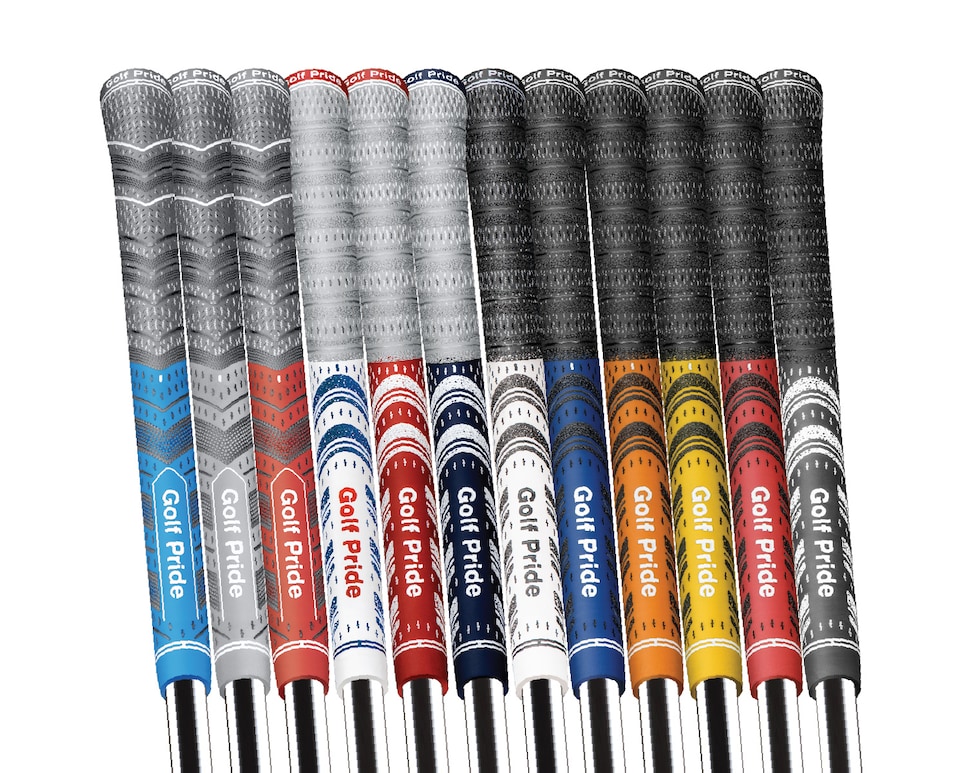You know what stuns us? The fact that re-gripping is a topic almost always brought about once a year, yet so many players continue not to do it or even give it serious consideration.
Look, here’s the deal: whether you know it or not, it’s not just wear from play and practice that makes for a bad grip. Dirt, heat, and oil from your hands contribute to its breakdown as well – and this begins to happen well before they become hard and slick.
Because it happens slowly over time, most golfers fail to notice it. That’s important to remember because just a tiny, imperceptible slip at contact will be magnified by many metres by the time the ball reaches its target. Many people find that getting in the routine of regripping every spring as the golf season warms up is the easiest way to remember.

A good guideline is to re-grip once a year or every 40 rounds. Granted, frequent play and personal preference may dictate regripping sooner, but with normal use there’s enough degradation of the material after a year to warrant fresh grips. Pro tip: before you regrip, you might want to have your pro or fitter take a look to make sure you don’t need an extra wrap or two of tape under them. After all, what’s the point of having new grips if they’re not the correct size?
But how does this affect my swing, you ask? It’s because once a grip loses its traction you are likely to grip the club tighter – a definite no-no. The traction that a fresh grip provides lets you hold the club normally without the subconscious fear of losing the club during your swing. This relaxed state promotes proper swing mechanics and wrist action. Meanwhile a worn grip causes you to grasp the club tighter, causing arm and wrist tension that inhibits proper swing mechanics and leads to a loss of power and control.
In short, a fresh set of grips is an inexpensive and fast way to bring a noticeable change to your game.
